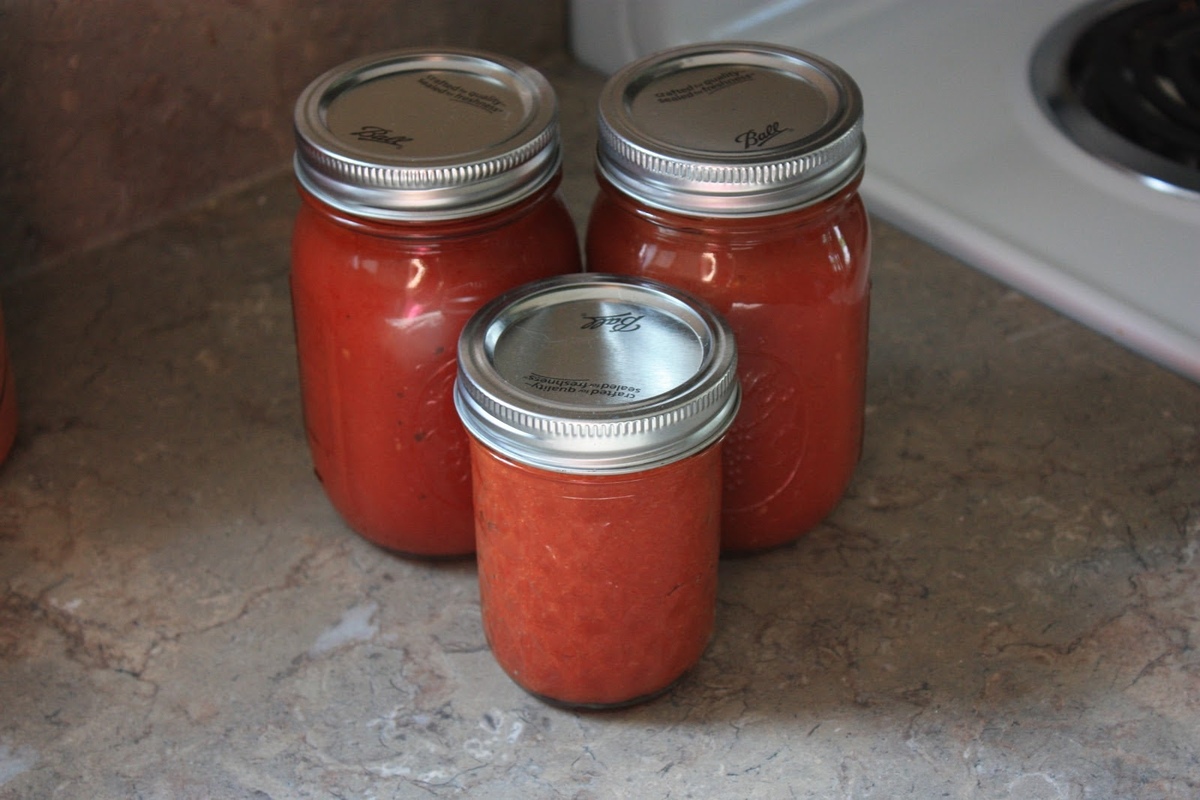

Articles
How To Store Homemade Tomato Sauce
Modified: February 20, 2024
Learn how to properly store your delicious homemade tomato sauce with our helpful articles. Discover tips and tricks to keep your sauce fresh and flavorful for longer.
(Many of the links in this article redirect to a specific reviewed product. Your purchase of these products through affiliate links helps to generate commission for Storables.com, at no extra cost. Learn more)
Introduction
Homemade tomato sauce is a versatile and delicious staple that can be used in a variety of dishes. Whether you’ve grown your own tomatoes or want to experiment with different flavor combinations, making your own tomato sauce allows you to control the ingredients and customize the flavor to your preference.
One of the challenges of homemade tomato sauce is storing it properly to ensure its freshness and longevity. In this article, we will explore the different methods and containers you can use to store your homemade tomato sauce.
Choosing the right containers and preparing the sauce for storage are key steps in maintaining the quality of your tomato sauce. We will also discuss the pros and cons of freezing and canning tomato sauce, as well as the best ways to store it in jars or plastic containers.
Additionally, we will provide you with tips for properly labeling and dating your tomato sauce containers. This will help you keep track of when the sauce was made and ensure you use it before it spoils.
By following the guidelines and recommendations in this article, you’ll be able to store your homemade tomato sauce properly and enjoy its delicious flavors for months to come.
Key Takeaways:
- Properly storing homemade tomato sauce is crucial for preserving its delicious flavor and ensuring its longevity. Choose the right containers, prepare the sauce for storage, and follow appropriate freezing or canning methods to enjoy your homemade sauce for months to come.
- Label and date your tomato sauce containers properly to maintain organization, freshness, and food safety. Clear, visible labels, consistent labeling style, and specific instructions will help you keep track of your sauce variations and ensure easy access when needed.
Read more: How To Store Tomato Sauce
Choosing the Right Containers
When it comes to storing homemade tomato sauce, choosing the right containers is essential to preserve its quality and prevent any spoilage. Here are some factors to consider when selecting the containers:
- Material: Opt for containers made of glass, stainless steel, or food-grade plastic. These materials are non-reactive and won’t affect the flavor or quality of the tomato sauce. Avoid using containers made of aluminum or other reactive metals.
- Size: Consider the amount of tomato sauce you typically use in one serving or cooking session. It’s best to store the sauce in smaller containers rather than one large container. This allows you to defrost or use only the amount you need, reducing waste.
- Airtight: Ensure that the containers have tight-fitting lids or seals to prevent air from entering and spoiling the sauce. This will also help to maintain the sauce’s freshness and flavor.
- Freezer-safe: If you plan to freeze the tomato sauce, make sure the containers you choose are suitable for freezing. Not all materials can withstand the extreme temperatures of the freezer without cracking or breaking.
Popular container options for storing homemade tomato sauce include glass jars with screw-on lids, freezer-safe plastic containers with snap-on lids, and stainless steel containers with tight-fitting lids.
Consider the amount of tomato sauce you typically make and the storage space you have available when determining the container size. If you often make large batches of sauce, investing in several smaller containers might be more practical than one or two large containers.
Remember to wash and dry your chosen containers thoroughly before filling them with tomato sauce. Any residual moisture or dirt can lead to mold or spoilage.
Now that you know what to look for when choosing the right containers, let’s move on to the next step: preparing the sauce for storage.
Preparing the Sauce for Storage
Before you store your homemade tomato sauce, it’s important to prepare it properly to ensure its quality and longevity. Follow these steps to prepare your sauce for storage:
- Cooling: Allow the tomato sauce to cool completely before transferring it to storage containers. Rapidly cooling the sauce can lead to condensation inside the containers, which can cause spoilage. Let it sit at room temperature for at least an hour or until it reaches room temperature.
- Straining: Optional, but if you prefer a smoother consistency, consider straining the sauce to remove any seeds or pulp. Use a fine-mesh strainer or cheesecloth to strain the sauce into a separate bowl or container.
- Seasoning: Taste the sauce and adjust the seasoning if needed. Add herbs, spices, or additional salt and pepper to enhance the flavor before storing. Keep in mind that the flavors will intensify as the sauce sits, so it’s better to slightly under-season than to over-season.
- Portioning: Divide the sauce into the chosen containers, leaving some room at the top for expansion if freezing. Aim for portion sizes that are convenient for your typical cooking needs.
- Sealing: Ensure that the containers are tightly sealed or lidded to prevent air from entering. This will help maintain the sauce’s freshness and prevent spoilage.
If you’re using glass jars, make sure to leave about an inch of headspace at the top to account for expansion when freezing. With plastic containers, you can fill them almost to the top, but leave a small gap to allow for expansion if needed.
Label each container with the date the sauce was prepared. This will help you keep track of its freshness and ensure that you use the oldest sauce first. Additionally, you can write any specific instructions or notes on the label, such as the seasoning used or any special ingredients added.
Now that your tomato sauce is properly prepared, you have a couple of options for storing it: freezing or canning. Let’s explore both methods in the following sections.
Freezing Tomato Sauce
Freezing is one of the most convenient methods for storing homemade tomato sauce. It allows you to preserve the sauce for an extended period and easily defrost and use it as needed. Here’s how to freeze tomato sauce:
- Cooling: After preparing the sauce, allow it to cool completely at room temperature before proceeding to freeze it. This step helps avoid condensation inside the containers.
- Container Selection: Choose freezer-safe containers or resealable plastic bags specifically designed for freezing. Ensure that the containers are airtight to prevent freezer burn and maintain the sauce’s quality.
- Filling the Containers: Pour the cooled tomato sauce into the containers, leaving some room at the top for expansion. It’s recommended to leave about an inch of headspace to accommodate the sauce’s expansion during freezing.
- Labeling: Label each container with the date and contents, using a permanent marker or freezer-safe labels. This will help you keep track of the sauce in your freezer and ensure you use the oldest sauce first.
- Freezing: Place the containers in the freezer, making sure they are balanced and securely stored. Avoid stacking containers until they are fully frozen to prevent leakage or breakage.
When it’s time to use the frozen tomato sauce, simply remove the desired amount from the freezer and thaw it in the refrigerator overnight. If you’re in a rush, you can use the defrost function on your microwave or thaw it gently on the stovetop.
Once thawed, you can use the sauce in your favorite recipes just as you would with fresh sauce. It’s important to note that the consistency of the sauce may change slightly after freezing, but the flavor should remain relatively intact.
Remember to consume the thawed sauce within a reasonable time frame, typically within 2-3 days, to maintain its freshness and quality. Avoid refreezing previously frozen sauce to avoid compromising its taste and texture.
Now that you’re familiar with freezing tomato sauce, let’s explore another method: canning.
Canning Tomato Sauce
Canning is a traditional method of preserving tomato sauce that allows you to store it at room temperature for long periods. It involves using heat to create a vacuum-sealed environment that keeps the sauce safe from spoilage. Here’s how to can tomato sauce:
- Sterilizing the Jars: Before you start, wash the canning jars, lids, and rings in hot, soapy water. Rinse them well and place them in a large pot. Fill the pot with enough water to cover the jars, and bring it to a boil. Boil the jars and lids for 10 minutes to sterilize them.
- Preparing the Sauce: While the jars are sterilizing, prepare the tomato sauce following your desired recipe. Make sure it’s hot and simmering when you’re ready to fill the jars.
- Filling the Jars: Remove the sterilized jars from the boiling water using tongs, and carefully fill them with the hot tomato sauce, leaving about ½ inch of headspace at the top. Remove any air bubbles by running a clean utensil along the sides of the jar.
- Sealing the Jars: Wipe the rims of the jars clean with a damp cloth to remove any sauce residue. Place the lids on top of each jar and screw on the rings until they are just fingertip tight—neither too loose nor too tight.
- Processing: Place the filled and sealed jars into a boiling water canner or a large pot with a rack at the bottom. Ensure that the jars are fully submerged in water. Bring the water to a rolling boil and process the jars for the recommended processing time according to your altitude and recipe.
- Removing and Cooling: After the processing time is complete, carefully remove the jars from the canner using jar lifters. Place them on a towel or cooling rack, ensuring they are not touching each other. Let the jars cool undisturbed for 12-24 hours.
- Checking the Seals: Once the jars have cooled, check the seals by pressing down on the center of each lid. If the lid does not flex or move, the jar is properly sealed. Any jars that did not seal should be refrigerated and consumed within a few days.
- Storing: Store the sealed jars of tomato sauce in a cool, dark, and dry place. They can be stored for up to one year, but it’s best to consume the sauce within 6-8 months for optimal flavor and quality.
When you’re ready to use the canned tomato sauce, open a jar and ensure the sauce is still sealed and shows no signs of spoilage. If any jars appear swollen, discolored, or give off an unpleasant odor, discard them immediately.
Canned tomato sauce is a great option if you have a large harvest of tomatoes or prefer long-term storage without relying on freezing. However, it’s important to follow proper canning techniques to ensure the sauce remains safe to consume.
Now that you know how to can tomato sauce, let’s explore other options for storing tomato sauce in jars or plastic containers.
Store homemade tomato sauce in airtight containers in the refrigerator for up to 1 week, or freeze in freezer-safe containers for up to 6 months. Be sure to leave some room at the top of the container for expansion when freezing.
Read more: How To Store Homemade Sauces
Storing Tomato Sauce in Jars
Storing tomato sauce in jars is an efficient and convenient method that allows you to see the contents clearly and easily access the sauce when needed. Here’s how to store tomato sauce in jars:
- Cooling and Filling: After preparing the sauce and allowing it to cool, carefully fill sterilized glass jars with the sauce, leaving about ½ inch of headspace at the top. The headspace allows for expansion and ensures a proper seal.
- Sealing: Wipe the rims of the jars clean with a damp cloth to remove any sauce residue. Place the lids on top of each jar and screw them on tightly. Ensure that the lids are properly sealed and do not move or flex when pressed down.
- Labeling and Dating: Label each jar with the date of preparation and any additional information such as the seasoning used or special ingredients added. This will help you keep track of freshness and make it easier to locate specific jars when needed.
- Storing: Store the sealed jars in a cool, dark, and dry place away from direct sunlight and humidity. A pantry or cupboard is ideal for storing tomato sauce in jars. Check the jars regularly for any signs of damage or spoilage.
- Usage: Once opened, store the jar of tomato sauce in the refrigerator and consume it within 7-10 days. It’s important to always use clean utensils when scooping the tomato sauce to avoid cross-contamination.
Storing tomato sauce in jars allows you to store homemade sauce for several months, maintaining its freshness and flavor. However, it’s essential to ensure that the jars are properly sealed to prevent any air or moisture from entering, which can lead to spoilage. Regularly inspect the jars for any signs of leakage, swelling, or mold.
Now, let’s explore an alternative method for storing tomato sauce in plastic containers or Tupperware.
Storing Tomato Sauce in Tupperware or Plastic Containers
If you prefer using plastic containers or Tupperware to store your homemade tomato sauce, follow these steps to ensure its freshness and longevity:
- Cooling: Allow the tomato sauce to cool completely at room temperature before transferring it to plastic containers. Rapid temperature changes can cause condensation inside the containers and potentially lead to spoilage.
- Container Selection: Choose high-quality, food-grade plastic containers or Tupperware that are specifically designed for storing sauces and leftovers. Make sure they have tight-fitting lids to create an airtight seal.
- Filling the Containers: Pour the cooled tomato sauce into the plastic containers, ensuring that you leave some room at the top for expansion if freezing. Fill them almost to the top to minimize the amount of air inside the container.
- Sealing: Securely fasten the lids of the containers, ensuring they are tightly sealed to prevent air from entering and affecting the sauce’s freshness.
- Labeling and Dating: Label each container with the date of preparation and any additional information such as the seasoning or special ingredients used. This helps keep track of the sauce’s freshness and makes it easier to locate specific containers when needed.
- Storing: Place the sealed plastic containers in the refrigerator or freezer, depending on your preference and storage needs.
If storing tomato sauce in the refrigerator, consume it within 3-4 days to maintain its freshness. If freezing, ensure that the plastic containers are freezer-safe to prevent cracking or freezer burn. It’s advisable to use the sauce within 3-4 months for the best flavor and quality.
When you’re ready to use the sauce, simply thaw it in the refrigerator overnight if frozen. If you need to expedite the thawing process, you can use the defrost function on your microwave or gently heat the sauce on the stovetop.
Remember to always use clean utensils when scooping the tomato sauce to avoid cross-contamination. If you notice any signs of spoilage or an off smell, discard the sauce immediately to ensure your safety.
By following these guidelines, you can store your homemade tomato sauce in plastic containers or Tupperware, allowing for easy access and portioning when needed.
Now that you’re equipped with the knowledge of storing tomato sauce properly, let’s move on to some essential tips for labeling and dating your tomato sauce containers.
Tips for Properly Labeling and Dating Tomato Sauce Containers
Properly labeling and dating your tomato sauce containers is crucial for organization, freshness, and food safety. Here are some essential tips to ensure you keep track of your sauce:
- Clear and Visible Labels: Use a permanent marker or adhesive labels to clearly label each container with the contents, date of preparation, and any additional information such as the seasoning or special ingredients used. Make sure the labels are visible and won’t get smudged or erased easily.
- Organize by Date: Store your tomato sauce containers in chronological order based on the preparation date. This way, you can easily identify the oldest sauce and use it first to maintain freshness.
- Clean and Consistent Labeling: Ensure that your labels are clean and free from any sauce residue to avoid confusion or misinterpretation. Consistency is key, so make sure your labeling style is uniform across all containers.
- Include Specific Instructions: If you have added special ingredients or used a particular seasoning, make note of it on the label. This will come in handy when you’re planning to use the sauce for specific recipes or dietary needs.
- Record the Quantity: If you store different portion sizes of tomato sauce, consider noting the quantity on the label. This will help you determine which container to reach for when you have specific cooking requirements.
- Refresh Labels if Necessary: Over time, labels may fade or become less legible. If you notice this happening, consider refreshing the labels to ensure you can easily identify and retrieve the desired tomato sauce.
- Store Labels Outward: When storing your tomato sauce containers, make sure the labels are facing outward. This allows for quick identification and prevents you from having to open each container to find the sauce you need.
- Regularly Check and Rotate: Periodically check your tomato sauce containers for any signs of spoilage, leakage, or expired dates. Rotate the containers to ensure you use the oldest sauce first and minimize waste.
Following these labeling and dating tips will help you stay organized, maintain the freshness of your tomato sauce, and make it easier to utilize your homemade sauce in a timely manner.
Now that we’ve covered the essential tips, let’s wrap up the article.
Conclusion
Properly storing homemade tomato sauce is essential for preserving its delicious flavor and ensuring its longevity. By carefully choosing the right containers, preparing the sauce for storage, and following the appropriate storage methods, you can enjoy the taste of your homemade sauce for months to come.
When it comes to choosing the right containers, opt for materials such as glass, stainless steel, or food-grade plastic that are non-reactive and airtight. Consider the size of the containers, ensuring they match your cooking needs and available storage space.
Preparing the sauce for storage involves cooling it, straining it if desired, adjusting the seasoning, portioning it into the chosen containers, and ensuring the containers are tightly sealed. Properly labeling and dating the containers with the preparation date and any additional information will help you keep track of freshness and specific sauce variations.
If you choose to freeze your tomato sauce, use freezer-safe containers, leave some room for expansion, and thaw it properly before use. Canning tomato sauce is another option, requiring sterilized jars and a heat processing method to create a vacuum seal.
Storing tomato sauce in jars or plastic containers provides convenience and easy access. Ensure the containers are tightly sealed, store them in a cool, dark, and dry place, and use within the recommended time frame.
Finally, properly label and date your tomato sauce containers to maintain organization, freshness, and food safety. Clear and visible labels, consistent labeling style, and specific instructions are key factors to consider.
With these guidelines and tips, you’ll be able to store your homemade tomato sauce with confidence, keeping it fresh and flavorful. Whether freezing, canning, or using jars or plastic containers, you’ll have a stockpile of delicious sauce ready to elevate your favorite recipes.
So go ahead and enjoy the fruits of your labor by preserving your homemade tomato sauce and savoring its incredible taste throughout the year.
Frequently Asked Questions about How To Store Homemade Tomato Sauce
Was this page helpful?
At Storables.com, we guarantee accurate and reliable information. Our content, validated by Expert Board Contributors, is crafted following stringent Editorial Policies. We're committed to providing you with well-researched, expert-backed insights for all your informational needs.
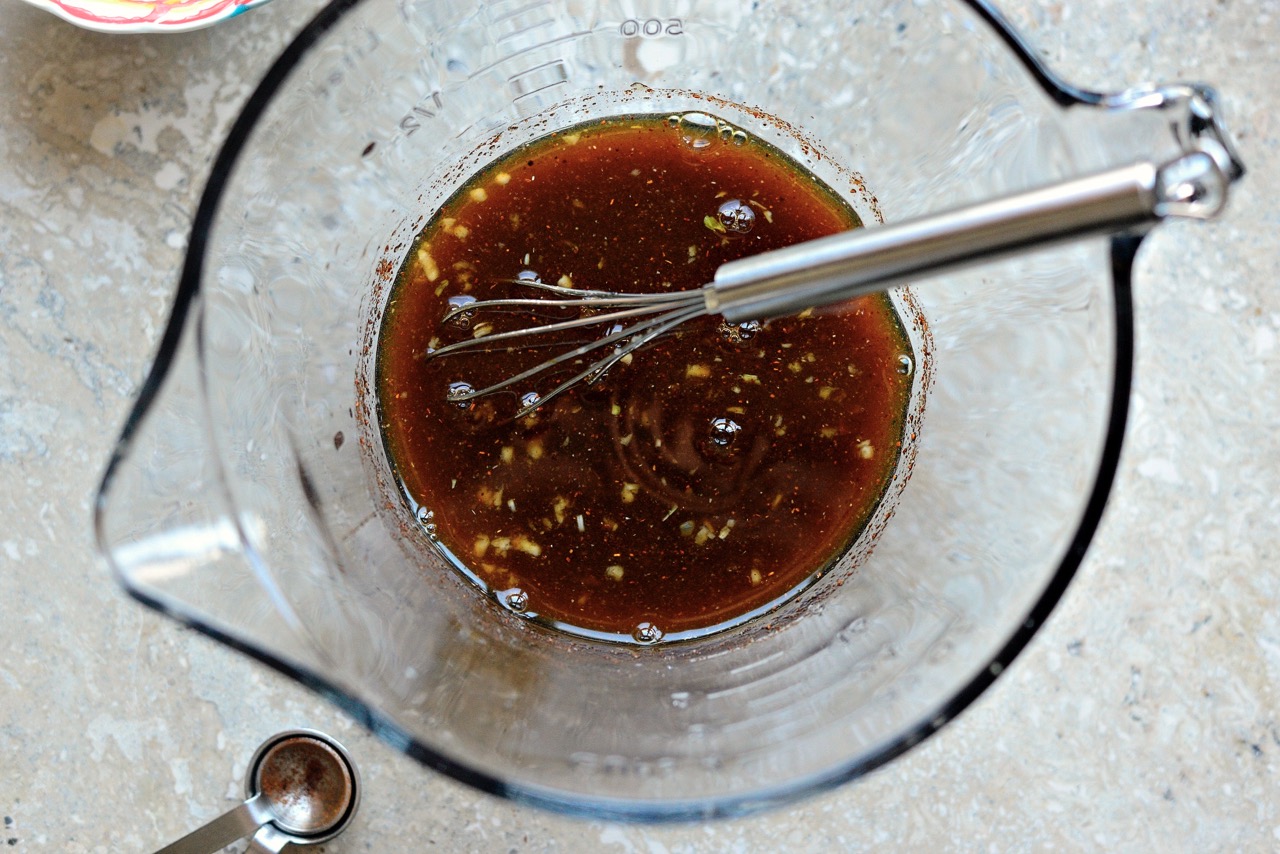
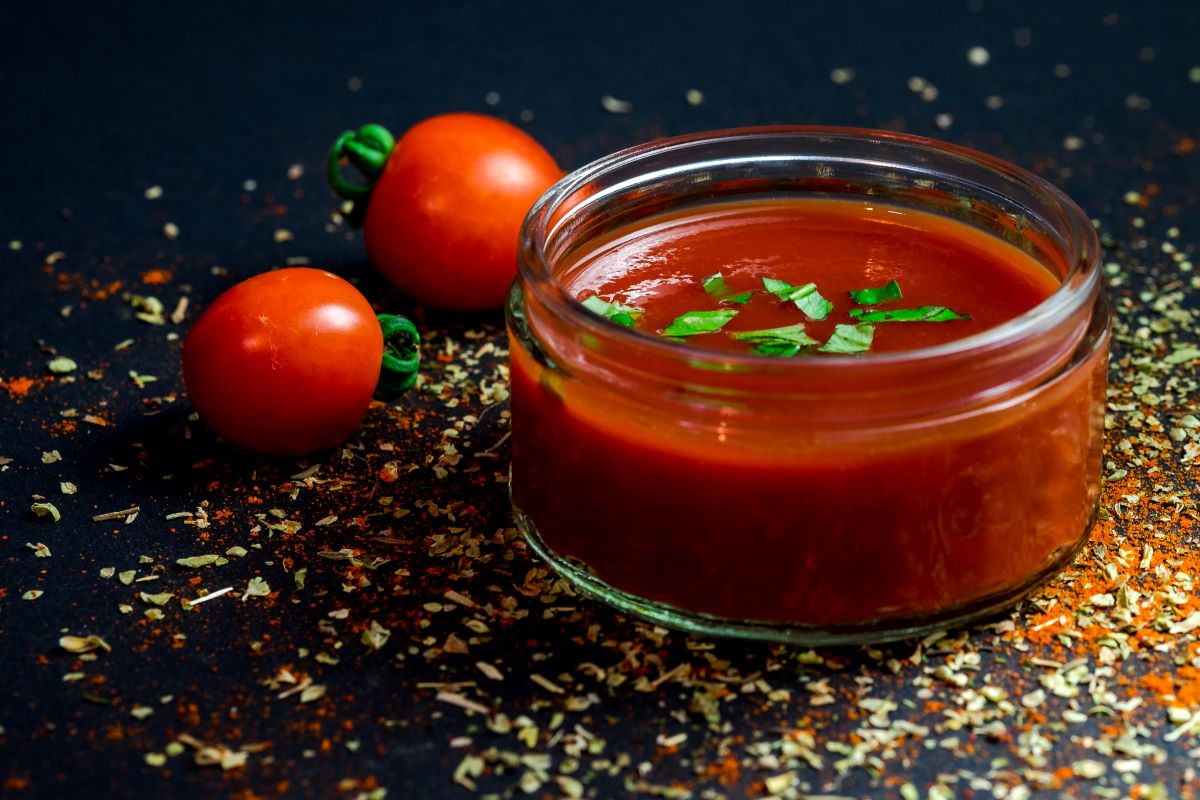
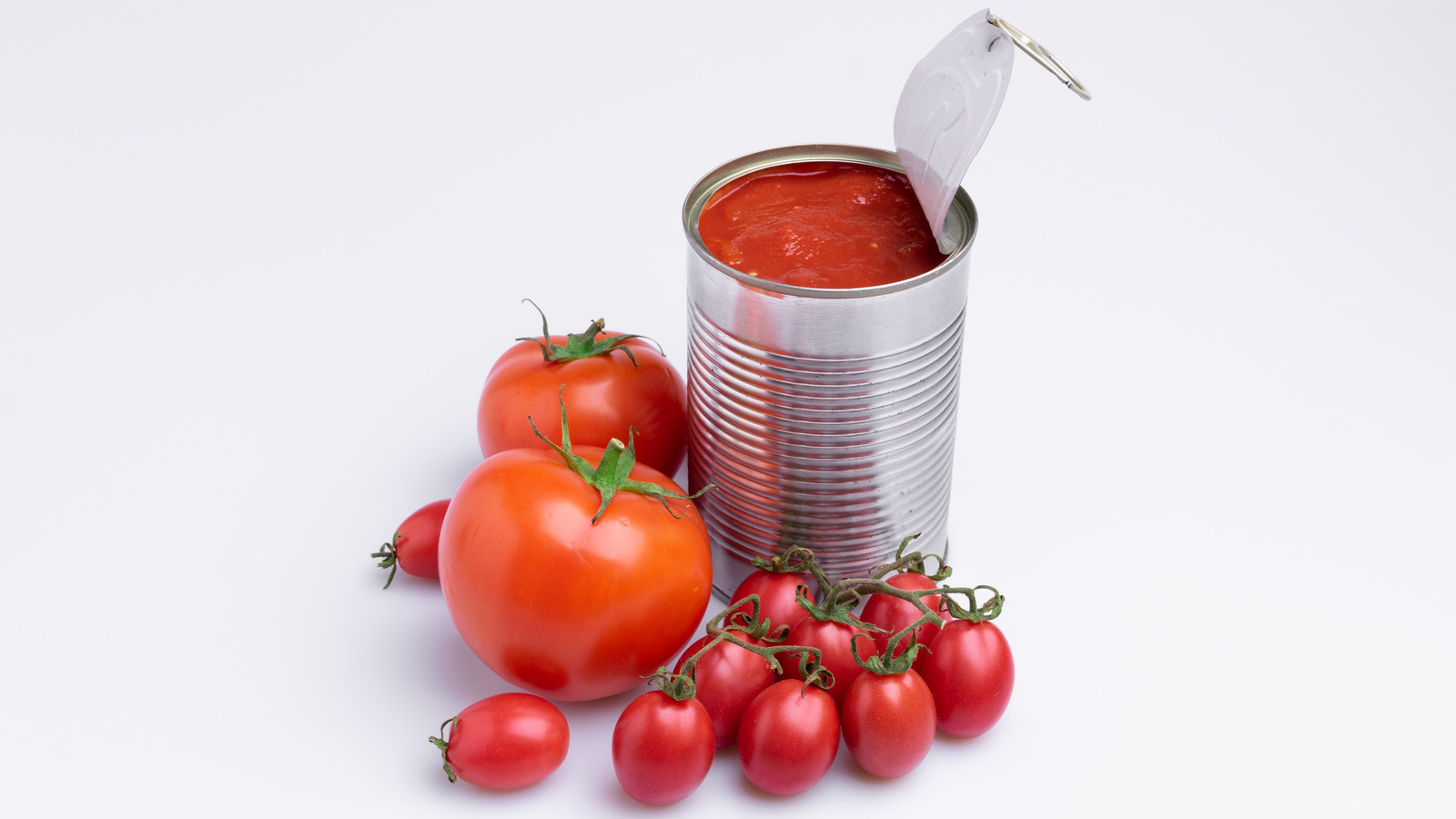
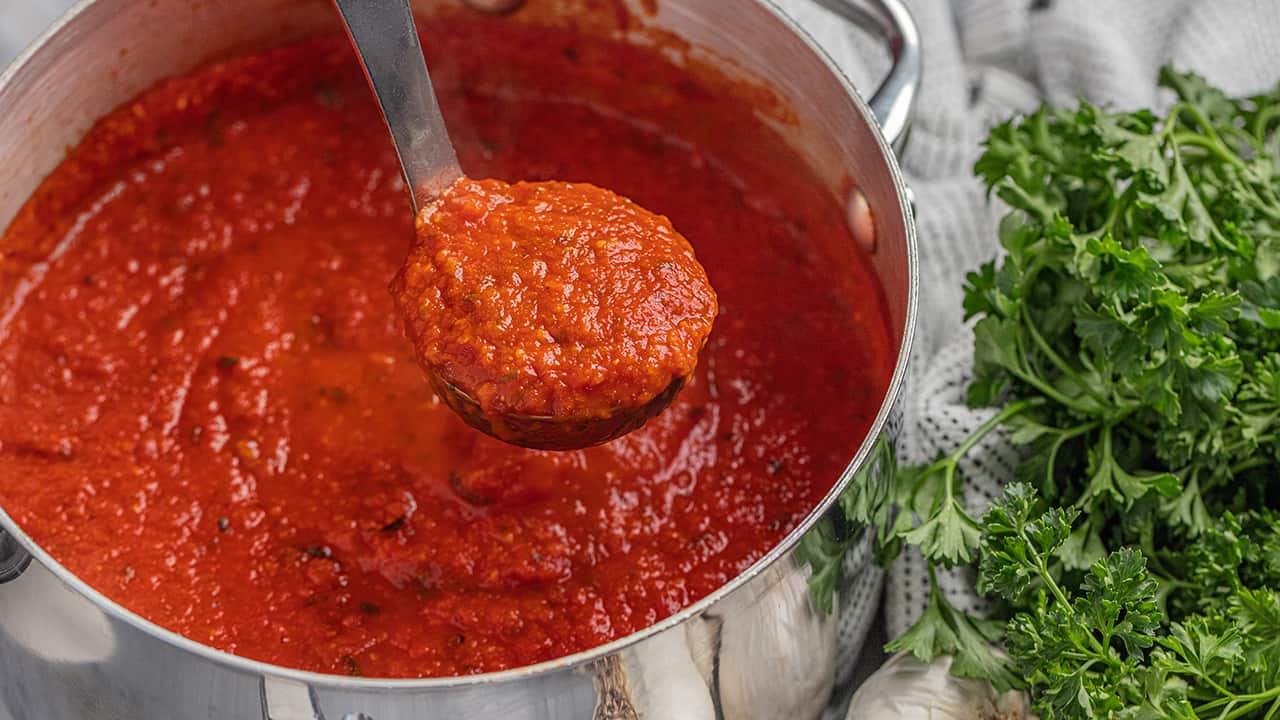
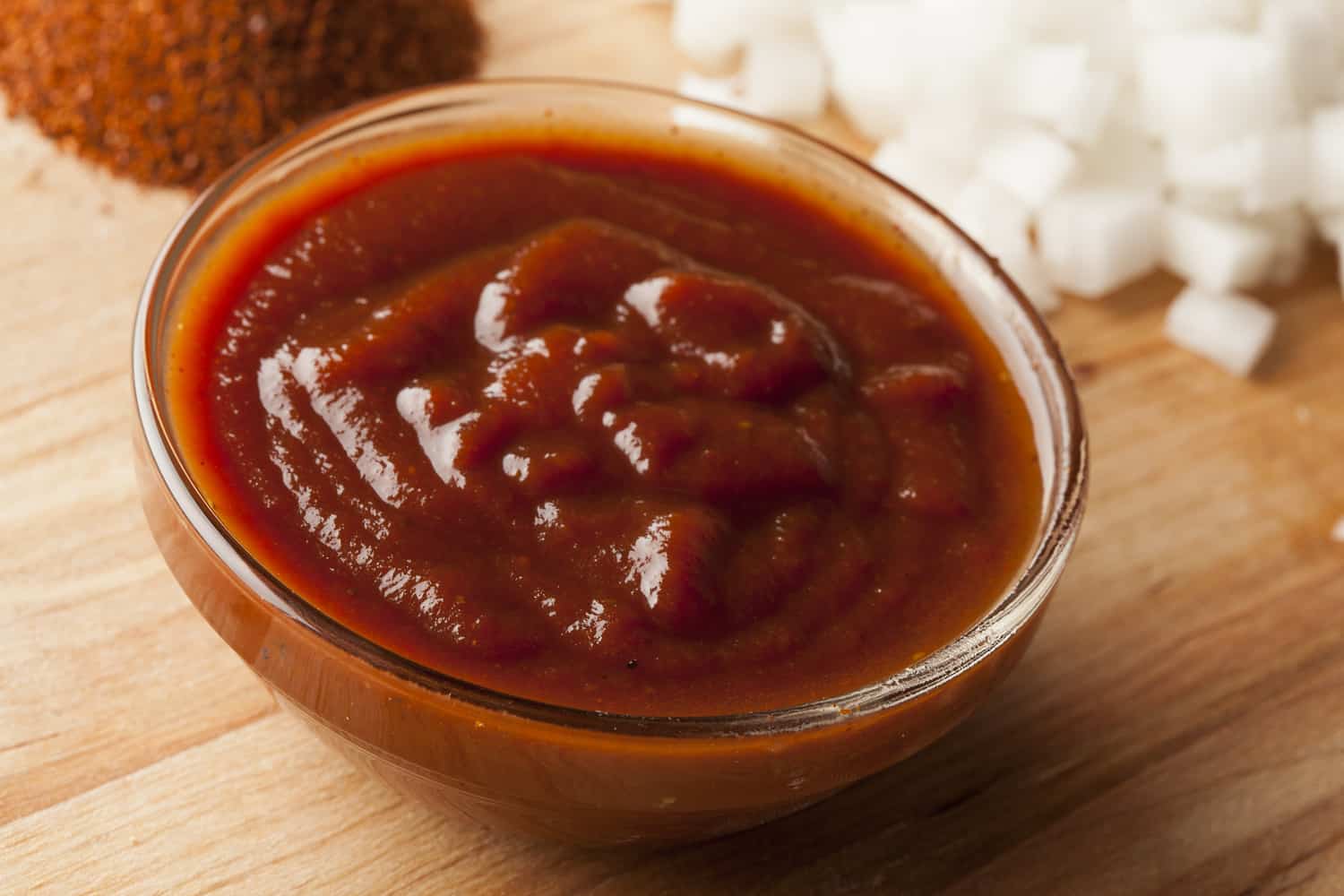
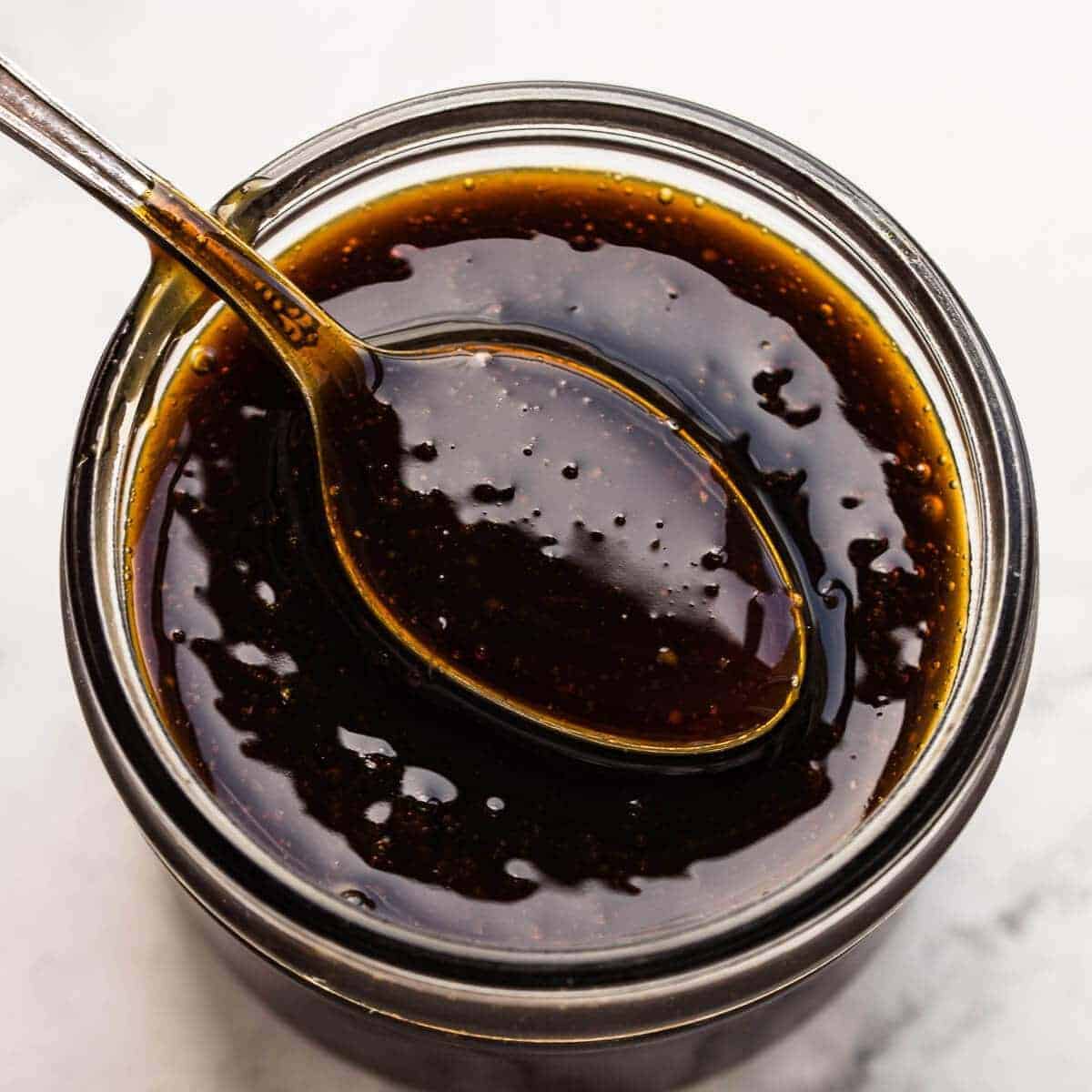
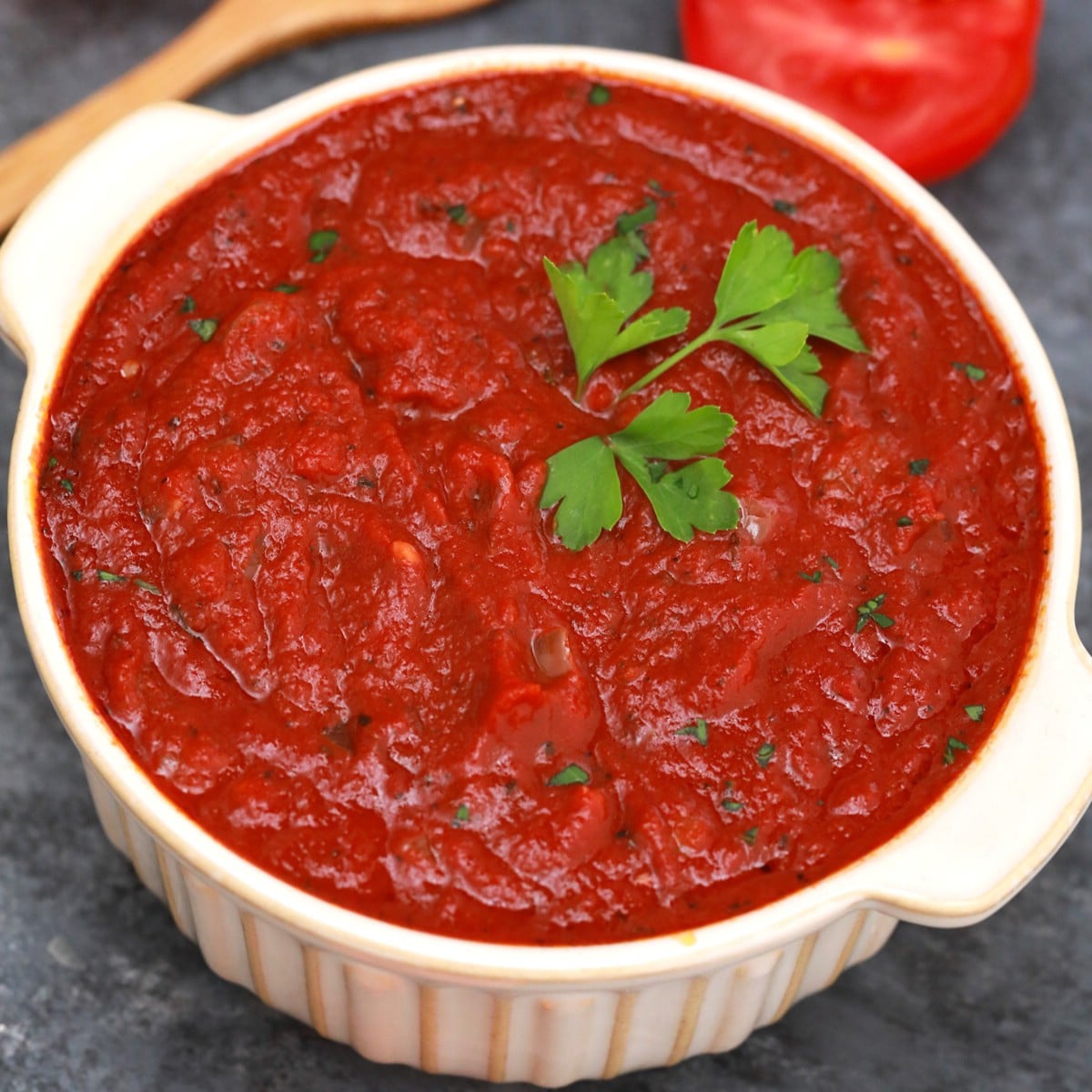

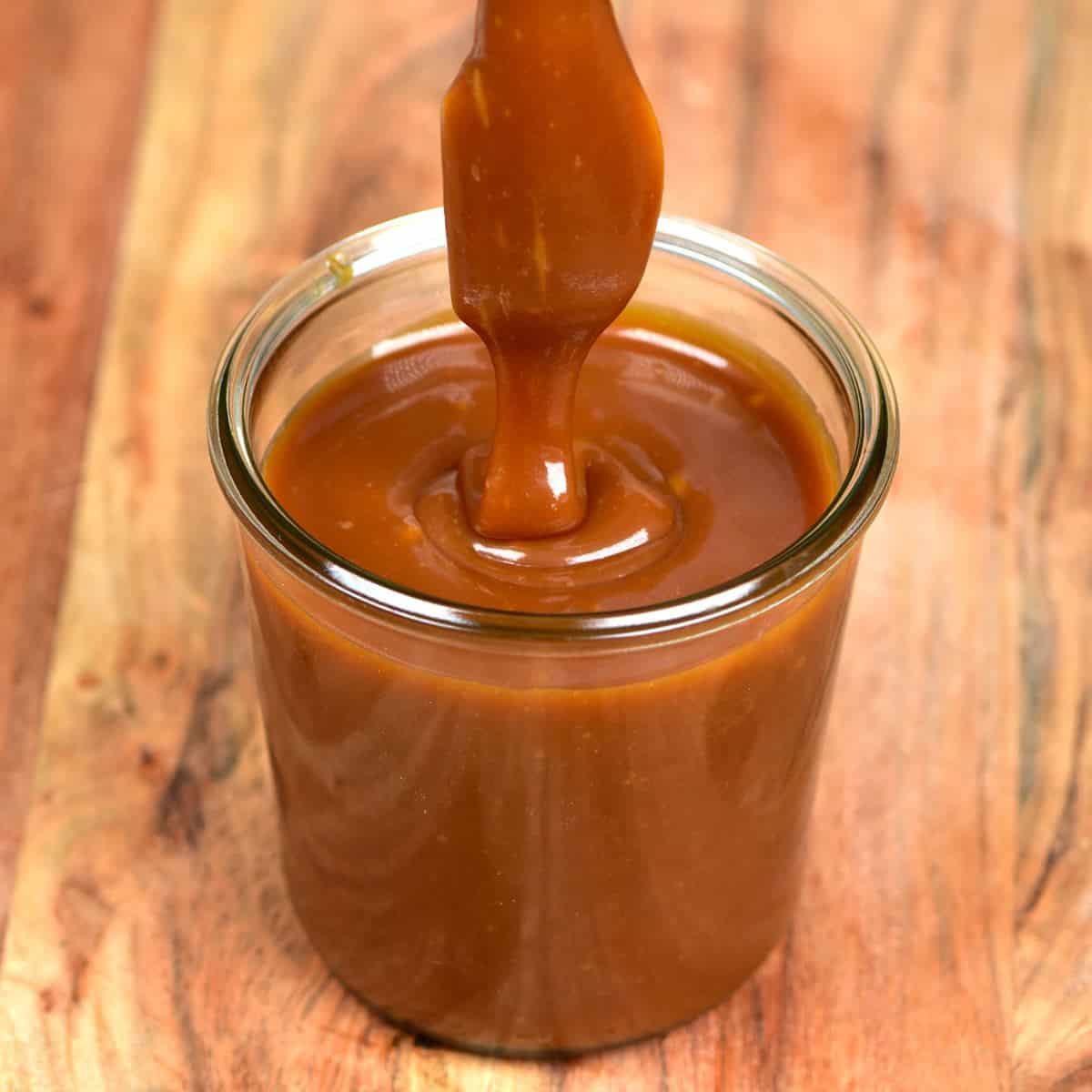
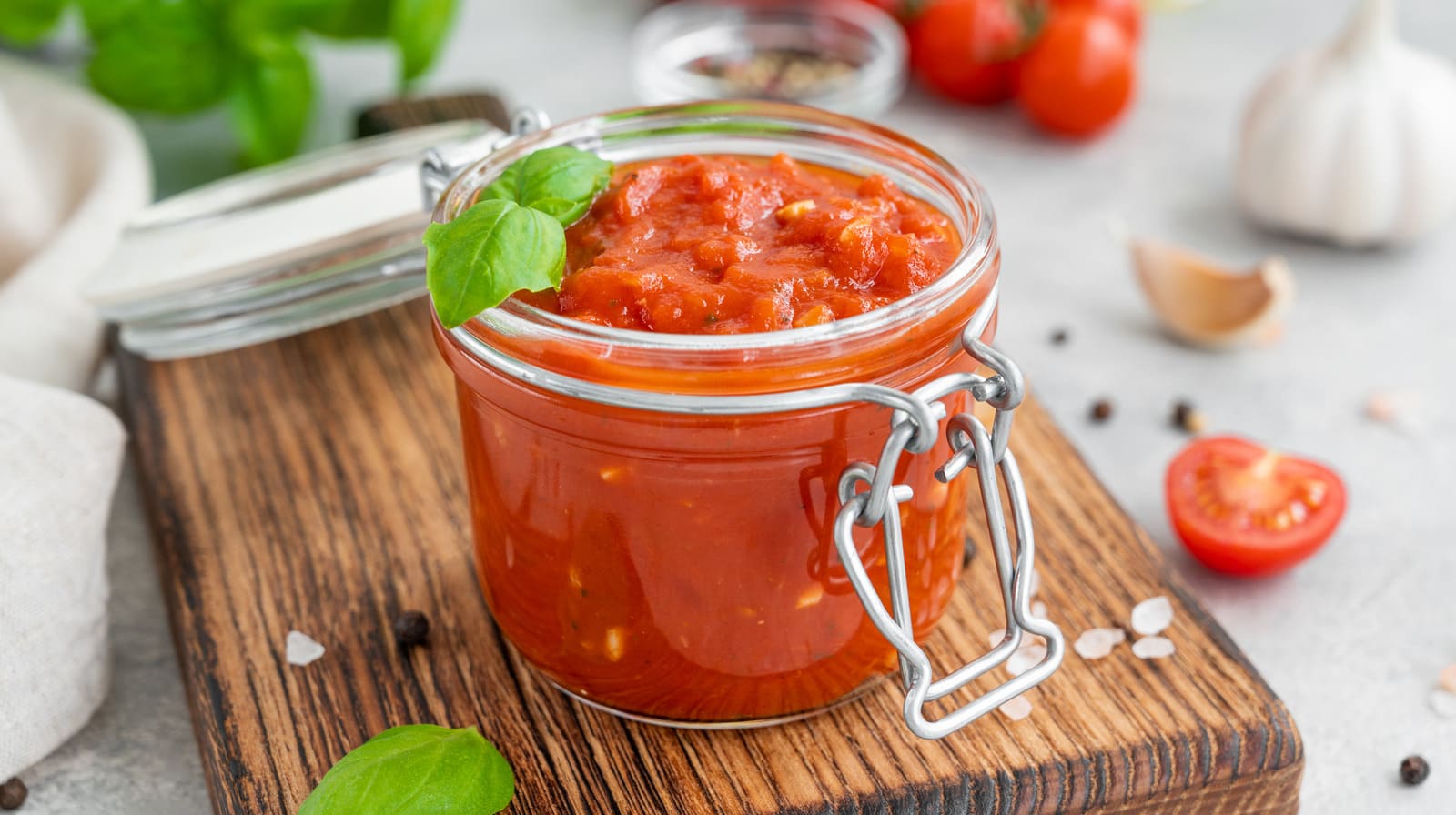
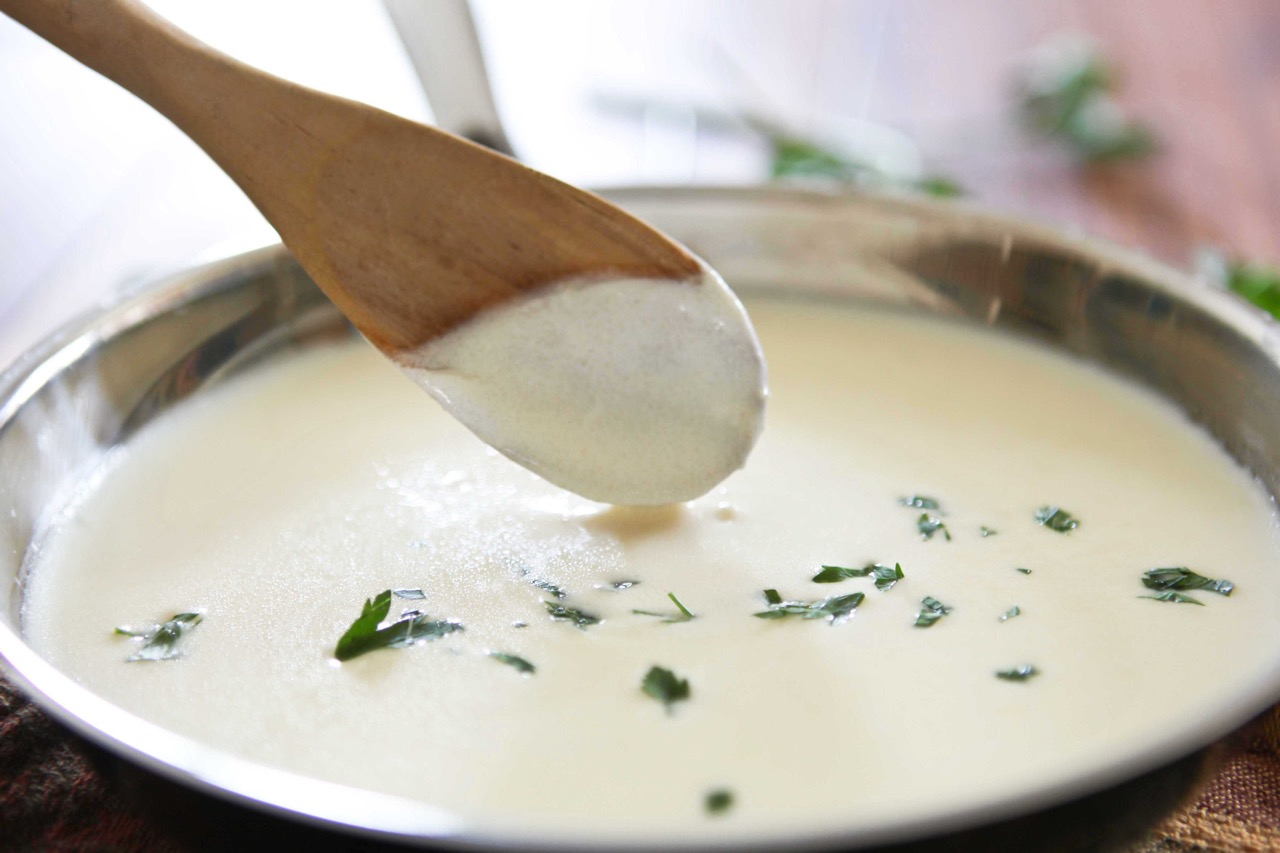
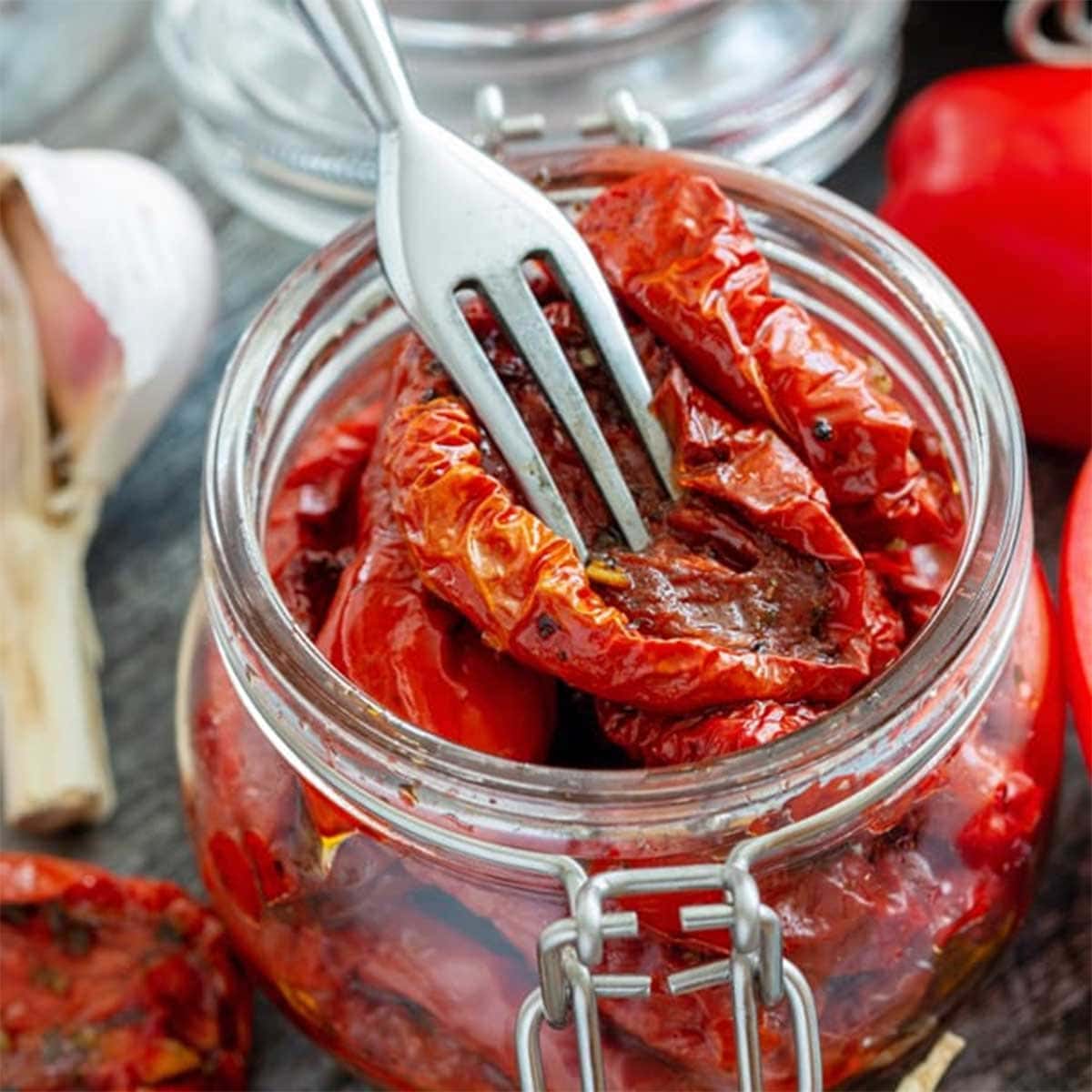
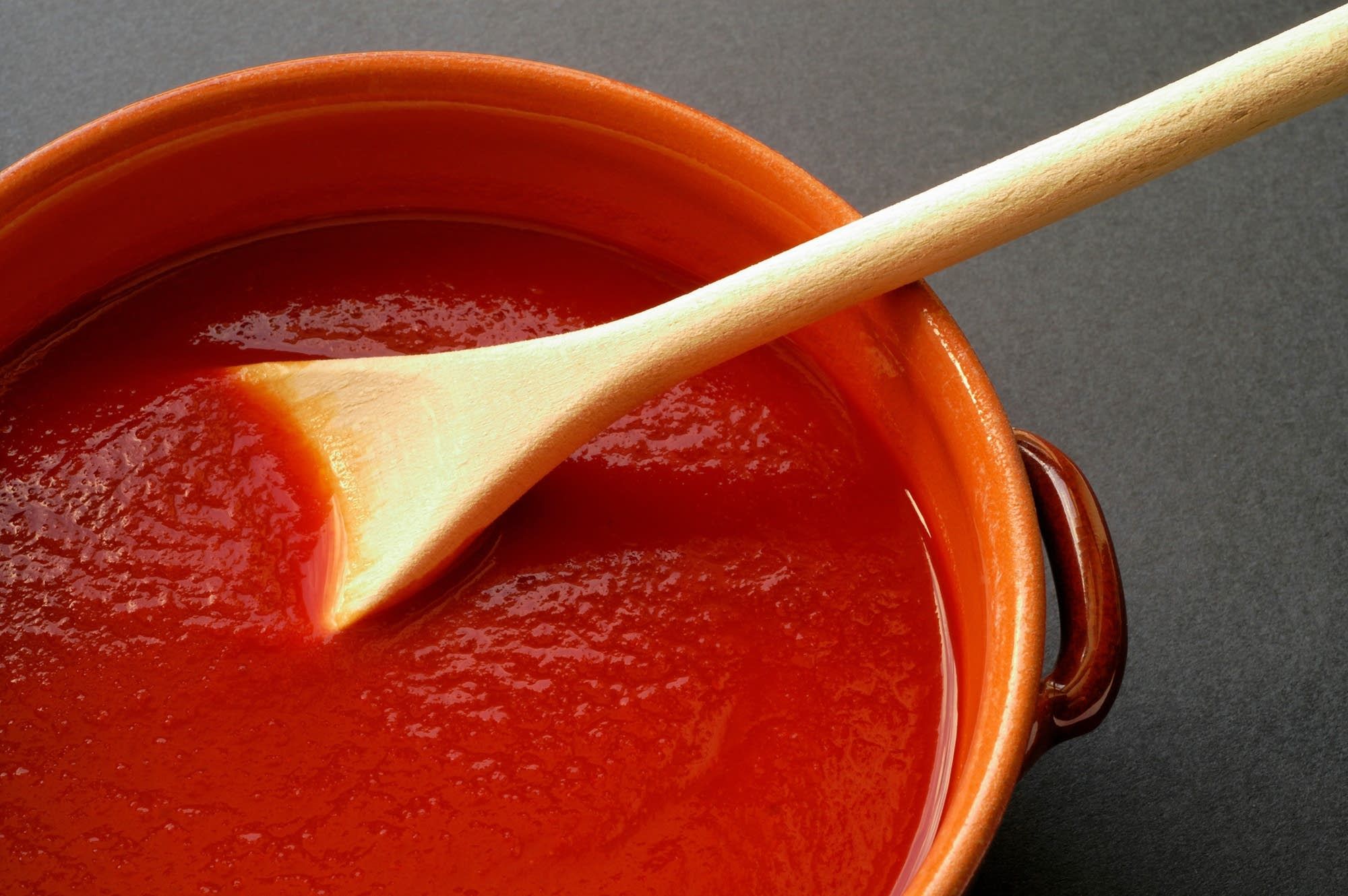
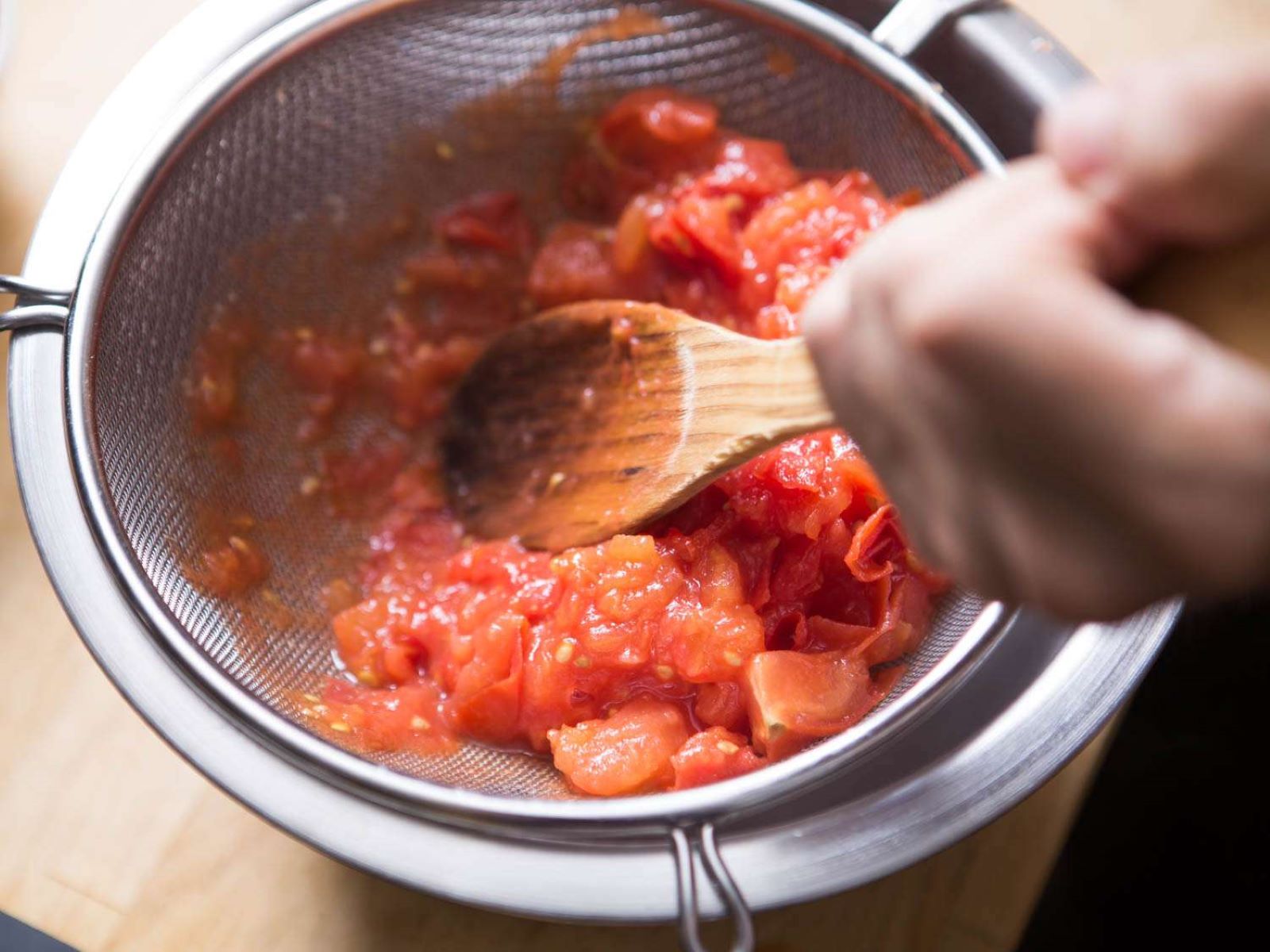

0 thoughts on “How To Store Homemade Tomato Sauce”